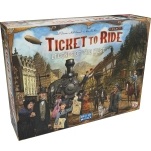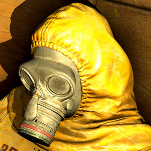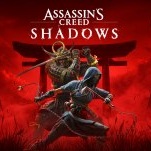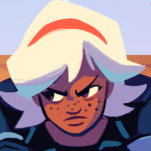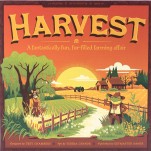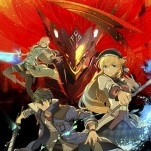No Place for Bravery Is No Place for Original Ideas
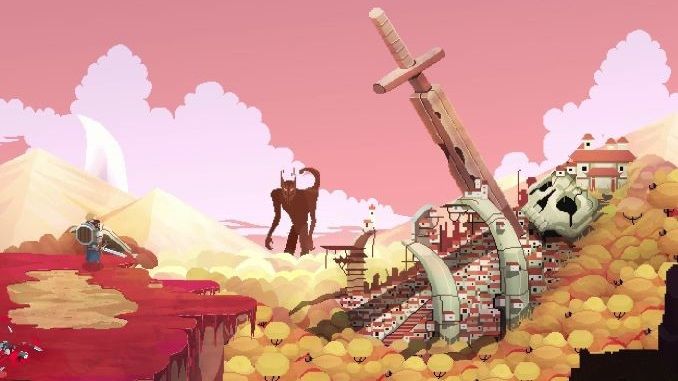
Consciously or unconsciously, it’s difficult to get out from under the media that shaped us. So it’s best to not be shy or to be devotional. Rather, it’s good to be casual and gestural, to rely on understanding your work as one node in a network of meaning, neither living up to nor disappointing what preceded it. If I ever get around to writing science fiction about warring religious orders, George Lucas, Ursula K. Le Guin, and Joseph Smith Jr. will be lounging on that story’s furniture, munching on nuts from its dishes, and drinking wine from its glasses. There’s no shame in that.
But there is also the detestable homage, the work that deigns to claim its influences’ power merely because it has those influences. It’s the divine right of kings for media properties. Enter No Place for Bravery, which pulls on a variety of influences but only manages to catch their shadows. Though the effort is obviously impassioned, the effect is of idle enthusiasts’ vacant imaginations. The game holds up questions like “what if Dark Souls was more like God of War?” as potent genre reinventions when it is nothing but tired. Using this kind of crass comparative is glib, but it’s the only way one can really get at what No Place for Bravery is doing. It’s a sleeve so sown with influences the fabric has stretched thin.
Though the marketing touts Sekiro, No Place for Bravery’s primary influence is Dark Souls. It joins the company of Salt and Sanctuary, Tunic, and countless other indie titles that try to augment From Software’s now signature style into a more contained setting. Along this line, No Place for Bravery has some successes. Each weapon, including a sword, a hammer, and crossbow, has pros and cons and a distinctive feel. Parrying is awkward, but useful. While the game never outright requires it, you’d be hard pressed to make it through many of the games’ encounters and boss battles without a few parries. Smartly, No Place for Bravery does not try to replicate the scope of Souls’ weapons and spells, rather containing its action to a small set of clearly defined tools. Then it tests you in rote, but bracing, boss battles.
There are enough quibbles to keep it from being a striking or exceptional action game. In particular, the game’s animations can be very hard to read. The detailed pixel art is expressive but loose and it can be difficult to tell where my body begins and ends and where attacks come from. The problem gets exacerbated with large amounts of enemies or when the perspective zooms out. There are also no enemies that really test your mettle, at least on the standard difficulty. Once you understand the game’s basic toolset, you can anticipate more or less every challenge it will throw at you. It’s also pretty quick; my run time ran about seven hours, which is far less time than any of its influences will ask of you.
However, its successes feel limited when it comes to the overall structure. In a broad sense, you explore the world in the same ways as Souls: you fight enemies through an interconnected environment, regain health potions at safe havens, concluding with a boss battle that introduces the next set of narrative beats. It’s less flexible, in that there’s no optional bosses or skipping around, but that’s a consequence of the scale and length, rather than quality. The problem is that it is not expressive. Dark Souls operates on a kind of material logic; it’s not only level design, it’s architecture. No Place for Bravery makes its world merely a set of connected combat arenas. All of its primary visual ideas feel more like indulgent homage than something carved out of a particular world or story. You feel not as though you were learning a place, but rather getting the ins and outs of a tileset.
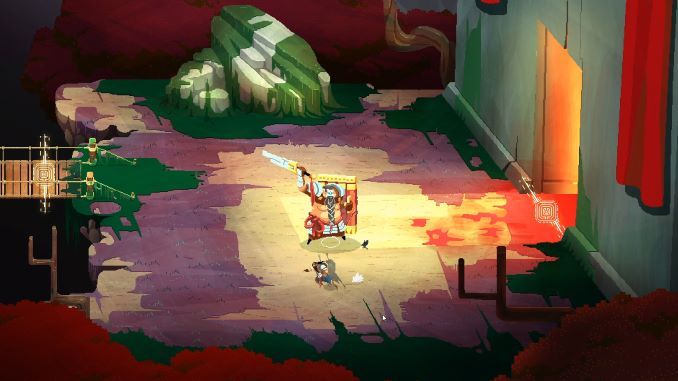
-

-

-

-

-

-

-

-

-

-

-

-

-

-

-

-

-

-

-

-

-

-

-

-

-

-

-

-

-

-

-

-

-

-

-

-

-

-

-

-



































